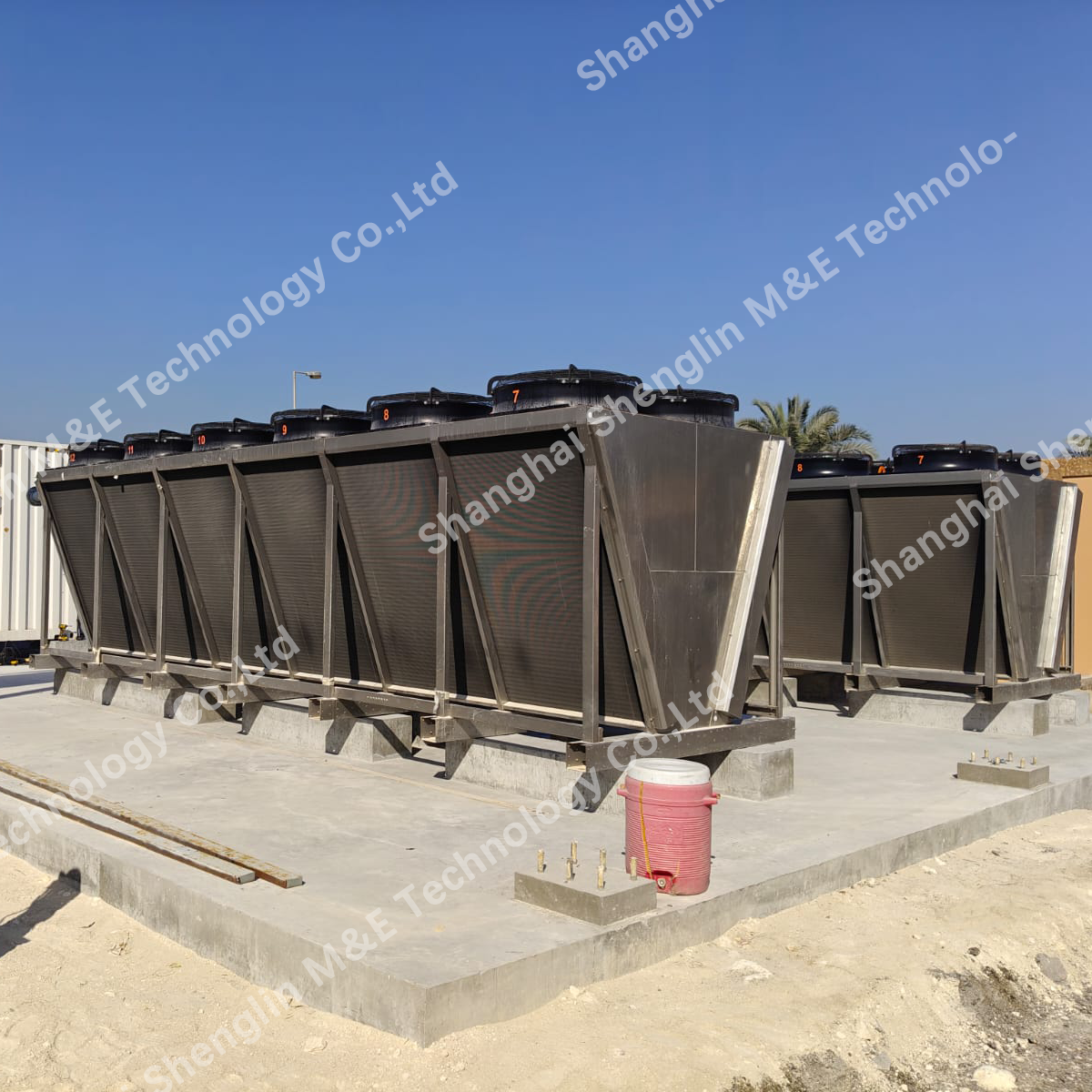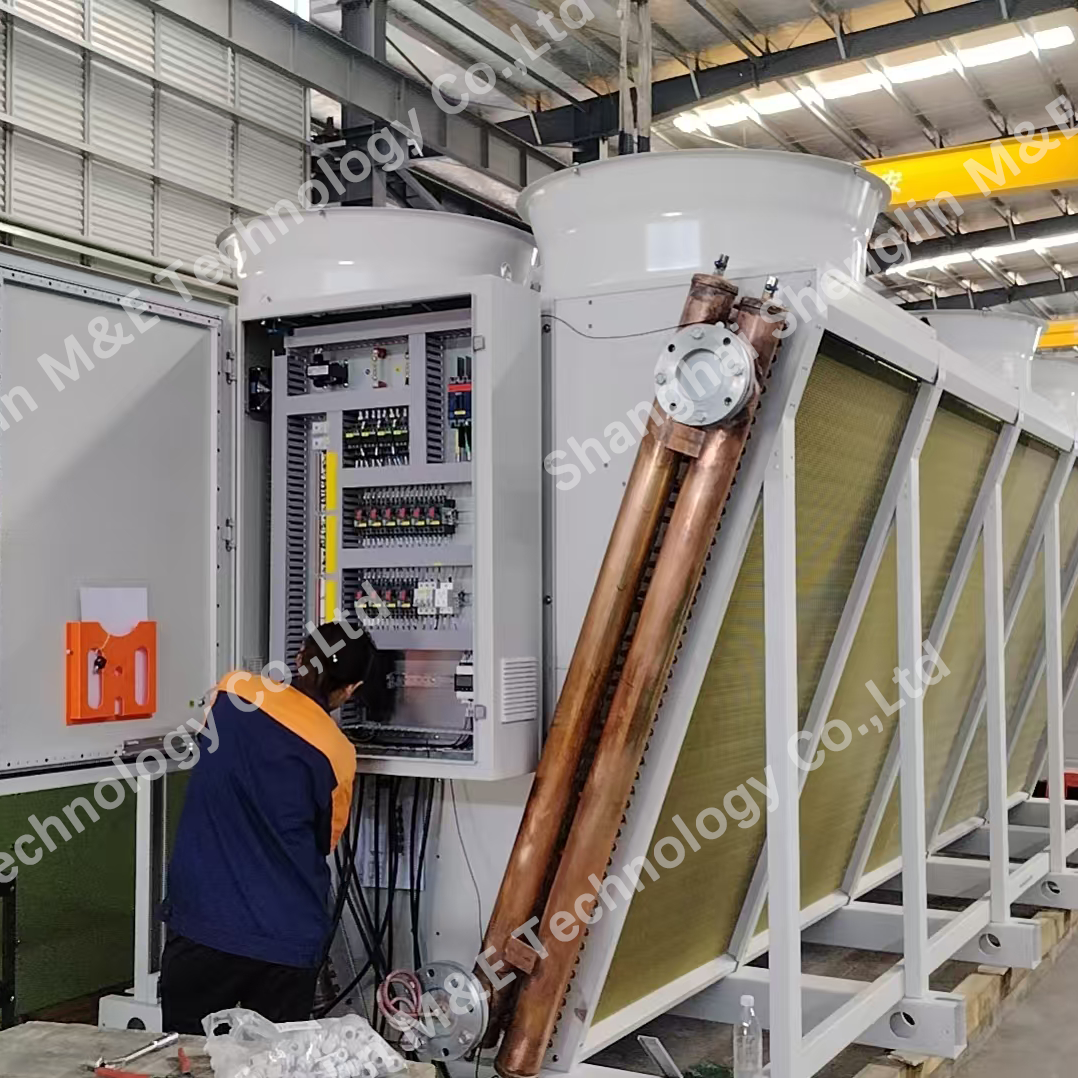LT-HT Dry Coolers: A Comprehensive GuideUnderstanding and Selecting the Right LT-HT Dry Cooler for Your NeedsThis guide provides a comprehensive overview of LT-HT dry coolers, exploring their applications, benefits, and selection criteria. We'll delve into the technical specifications, compare different types, and address common concerns to help you make an informed decision. Learn about the efficiency, maintenance, and overall value proposition of these crucial cooling systems.
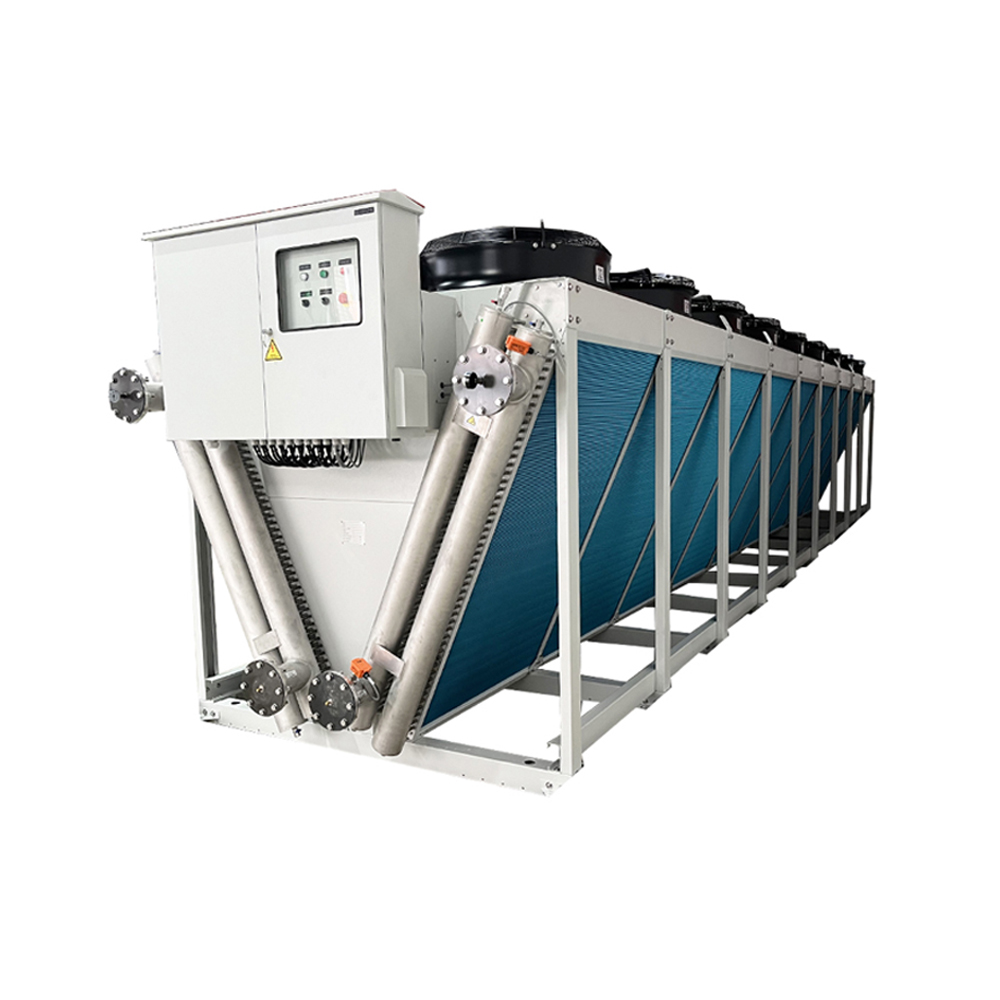
Understanding LT-HT Dry Cooler Technology
What is an LT-HT Dry Cooler?
An LT-HT dry cooler, or low-temperature high-temperature dry cooler, is an air-cooled heat exchanger used to reject waste heat from various industrial processes. Unlike traditional water-cooled systems, LT-HT dry coolers utilize air as the cooling medium, eliminating the need for a water source and reducing water consumption. This makes them particularly advantageous in locations with limited water availability or stringent environmental regulations. They are designed to operate efficiently across a wide range of temperatures, hence the low-temperature high-temperature designation. The specific temperature range varies depending on the design and application.
How LT-HT Dry Coolers Work
LT-HT dry coolers operate on the principle of convective heat transfer. Hot process fluid flows through a network of tubes within the unit. External air is then circulated over these tubes using fans, drawing away the heat and dissipating it into the atmosphere. The design incorporates various features to optimize heat transfer efficiency, including finned tubes, strategically placed fans, and efficient airflow management. The choice of materials for the tubes and fins is crucial for durability and corrosion resistance, impacting the overall lifespan of the LT-HT dry cooler.
Types of LT-HT Dry Coolers
Several types of LT-HT dry coolers exist, each tailored to specific application needs. These variations often relate to the fan arrangement, the type of heat exchanger, and the overall design. Common distinctions include:
Induced Draft vs. Forced Draft
Induced Draft: Fans pull air through the heat exchanger. Forced Draft: Fans push air across the heat exchanger.The choice between these depends on factors like ambient air conditions and the required pressure drop.
Air-Cooled vs. Evaporative-Cooled
While primarily discussed as dry coolers, some systems may incorporate evaporative cooling for enhanced performance in specific climates. This usually involves a separate section or integrated system. Purely LT-HT dry coolers rely solely on air convection.
Selecting the Right LT-HT Dry Cooler
The selection process involves carefully considering several key factors:
Capacity and Performance
The required cooling capacity (kW or BTU/hr) is crucial and must align precisely with your process's heat load. Consider future expansion needs when sizing your LT-HT dry cooler. Efficiency is also critical, measured by parameters such as the effectiveness and the pressure drop across the heat exchanger.
Operating Conditions
Ambient air temperature, humidity, and altitude all affect the performance of a LT-HT dry cooler. These parameters need to be factored into the selection process to guarantee optimal operation under all anticipated conditions.
Maintenance Requirements
Regular maintenance is vital to ensure the longevity and efficiency of your LT-HT dry cooler. Consider the ease of access for cleaning, inspection, and component replacement when evaluating different models.
Material Selection
The materials used in the construction of the LT-HT dry cooler directly impact its resistance to corrosion and wear. Consider the type of process fluid and the ambient environment to choose appropriate materials for optimal longevity.
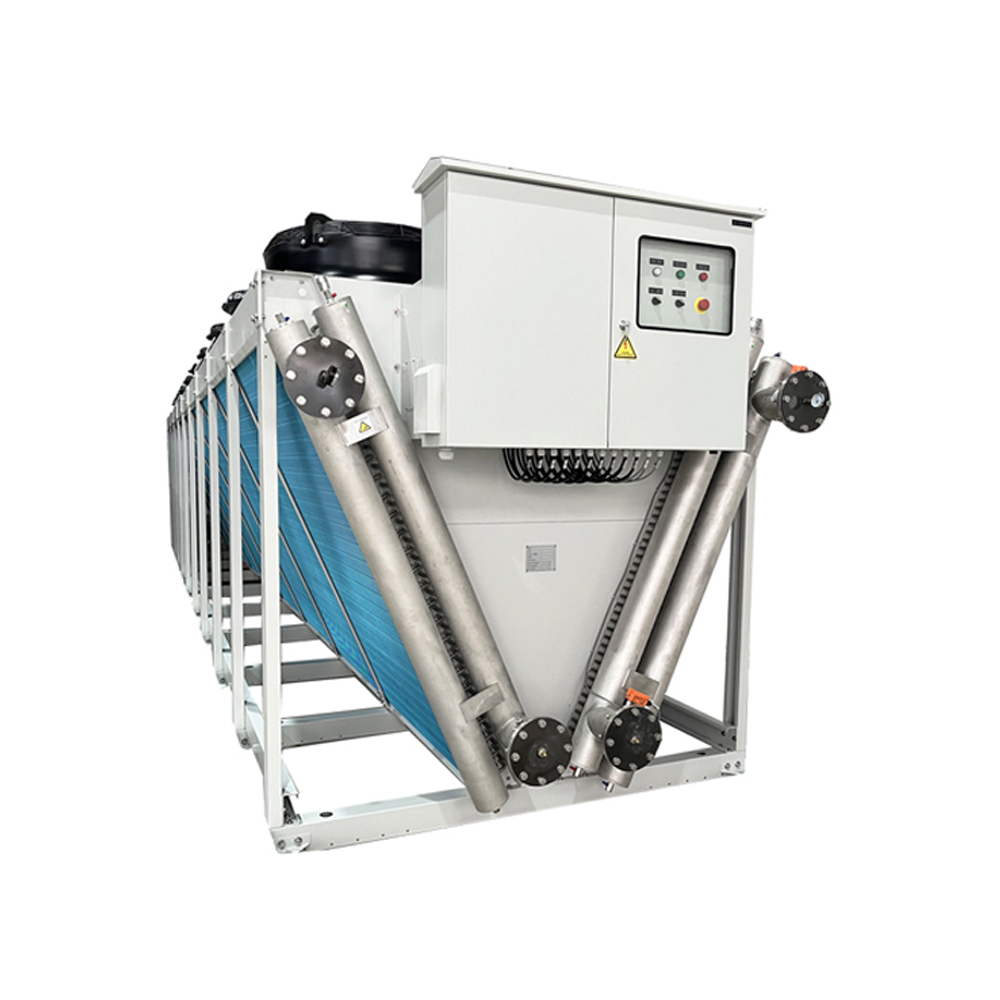
LT-HT Dry Cooler Applications
LT-HT dry coolers find applications across a range of industries, including: Power Generation: Cooling condenser systems in power plants. Oil & Gas: Cooling process fluids in refineries and petrochemical plants. Chemical Processing: Temperature control in various chemical reactions. Refrigeration: Providing cooling for large refrigeration systems. Data Centers: Assisting with cooling server rooms and IT infrastructure (though often requiring additional specialized cooling).
Key Considerations for Choosing a Supplier
Selecting the right supplier is just as important as selecting the right LT-HT dry cooler. Consider the following: Experience and Expertise: Look for suppliers with a proven track record in designing and manufacturing high-quality LT-HT dry coolers. Shanghai SHENGLIN M&E Technology Co.,Ltd is a leading supplier with extensive experience in the industry. Warranty and Support: A comprehensive warranty and reliable after-sales support are essential to mitigate potential issues and ensure smooth operation. Customization Options: The ability to customize a LT-HT dry cooler to meet your specific needs is a valuable asset.
This guide provides a foundational understanding of LT-HT dry coolers. Remember to carefully review all technical specifications and performance data before making a purchase. If you are interested in this product, please contact us.











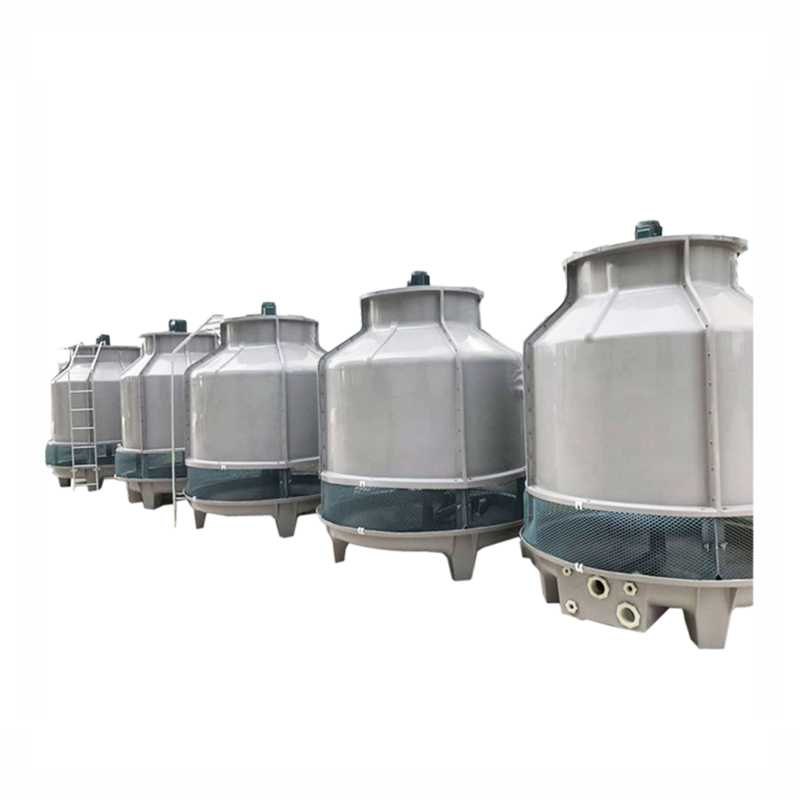
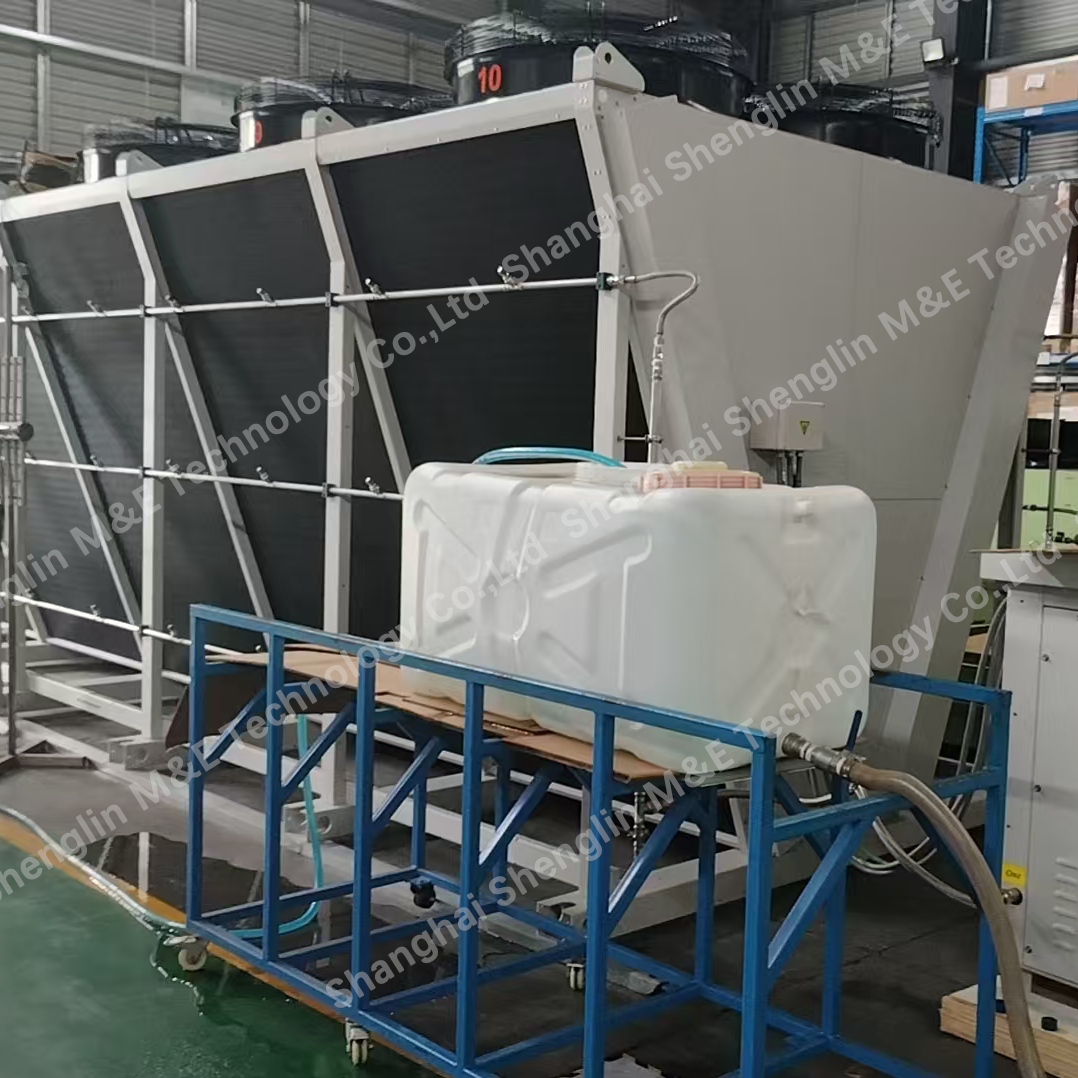
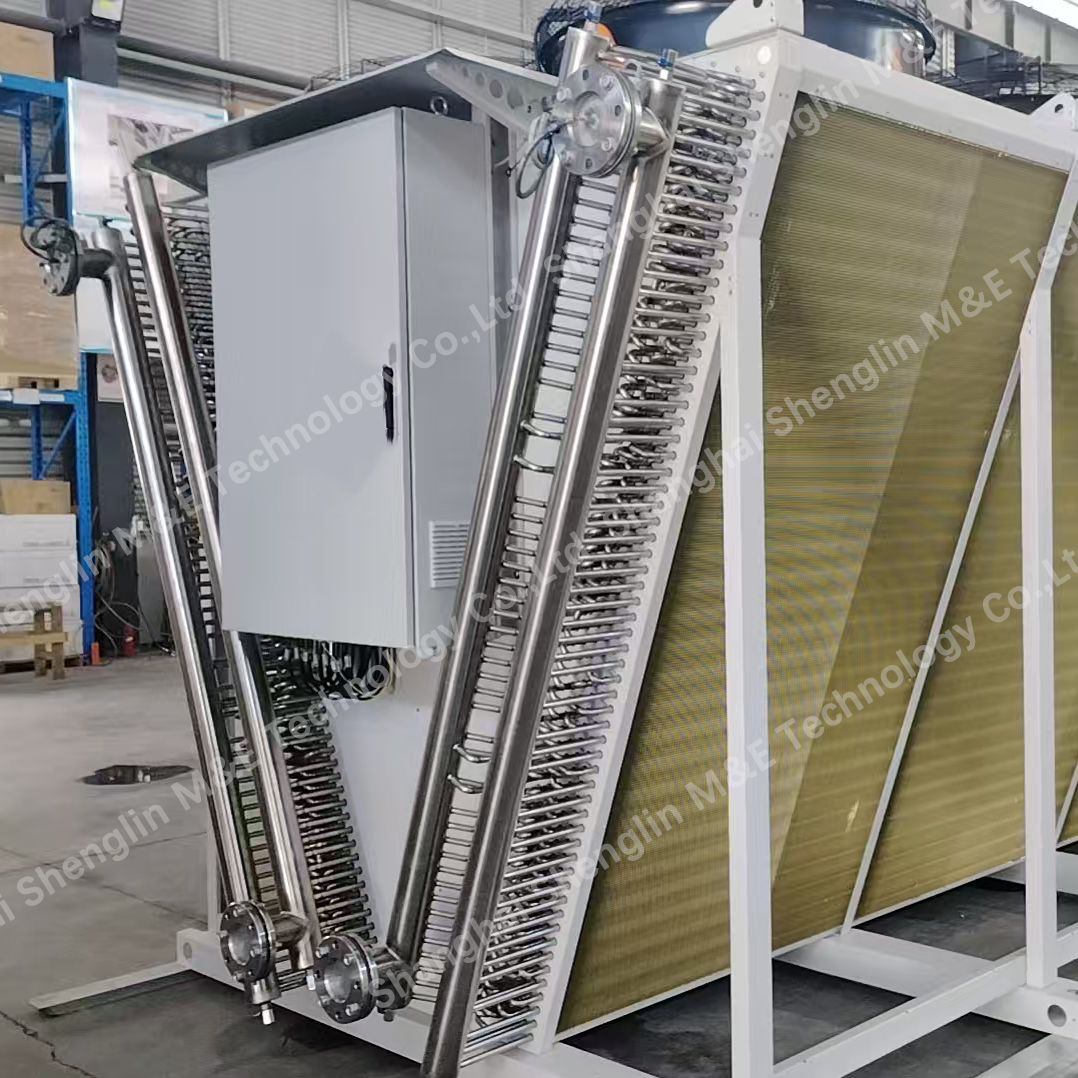
-e1766478081947.png)
